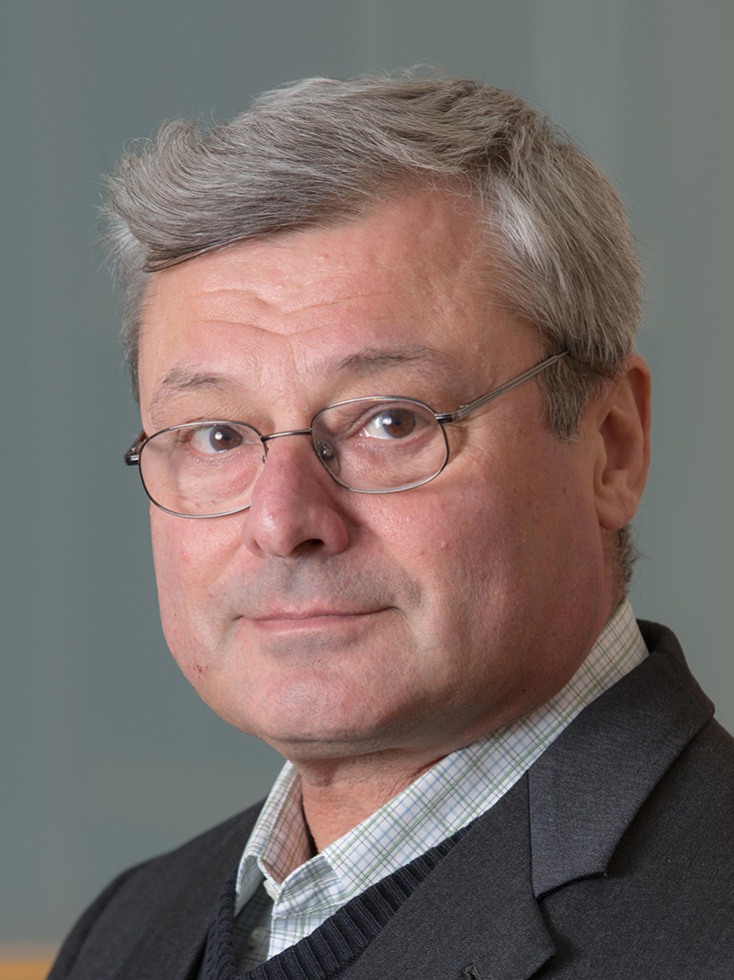
For most of human history, average life expectancy hovered somewhere around 40 years. Otherwise healthy people died of infections and trauma, malnutrition and plagues.
Modern medicine made most of these acute causes of death things of the past; humans now live into their 70s on average, and well into their 80s in many countries. At any given time, there are more than half a million centenarians around the world.
But this longevity has come at a cost. Diseases virtually unknown until the 1800s, which strike at a later, post-reproductive age, are now among humanity’s most common killers: cardiovascular disease, stroke, cancer, diabetes, dementia. For too many of us, our “golden years” are a long, painful, and expensive decline as we succumb to the diseases of aging.
Stopping these chronic conditions before they start, with lifestyle interventions, regular screenings, and thorough check-ups, has long been the province of clinicians who practice preventive medicine. But for basic scientists, it’s a relatively new area of research. Yet many who study aging and age-related disease now believe that if they can uncover the mechanisms of aging, they might be able to understand its role as a risk factor for disease, and discover new avenues for prevention, so that we can enjoy more healthy years at the end of our lives.
“This is a field that is very young and has been evolving very, very quickly. And it’s a very different way to look at medicine,” says John M. Sedivy, PhD, the director of Brown’s Center on the Biology of Aging. “We look at a more fundamental level and try to do something about the underlying mechanisms that drive a lot of these diseases.”
Sedivy and a growing number of colleagues across the University are honing in on various processes and biomarkers to get to the bottom of why our bodies age, why we age at different rates, and why our aging bodies are more susceptible to chronic disease. Their ultimate goal is extending not the human lifespan, but our healthspan: the number of healthy years we live unencumbered by disease. “It’s not really how long you live,” Sedivy says, “it’s how well you live.”

Things Fall Apart

In his Autobiography, Mark Twain wrote, of his twilight years, “It is sad to go to pieces like this, but we all have to do it.” While aging might be unavoidable, scholars in the field question whether it’s inevitable that we fall apart.
Sedivy, 68, paints a bleak picture of the current state of affairs—and his own health. He has gout, high blood pressure, acid reflux, and high cholesterol, and takes medications for all of them. “These things get worse and worse. These things don’t ever get better. Finally, something’s got to give,” he says, without self-pity. “Typically, in a person like me, in spite of controlling the blood pressure and the cholesterol, eventually your arteries get so sclerotic that many people die of stroke. The acid reflux leads to Barrett’s esophagus, so I could, in five or 10 years, get esophageal cancer or stomach cancer.”
A gull soars by at eye level with Sedivy’s new sixth-floor corner office. The Jewelry District building that houses the center boasts full-height windows on most of its floors—notorious hazards for birds. Maybe that’s not such a bad way to go.
Inside, the mood brightens a bit.
“We’ve been incredibly successful in controlling most, not all, but most of these comorbidities,” Sedivy says. “Fifty years ago, people would keel over from a stroke in their 60s because they had uncontrolled high blood pressure. So we have been very successful. What I’m trying to do is add additional options, additional treatments for additional targets.”
Sedivy and his colleagues at the center believe that by identifying the drivers of aging, it will be possible to develop drugs that treat multiple conditions, so that someone like him might take one pill, instead of four. And if the intervention happens sooner, maybe we’ll go to pieces later, or not at all.

Which Came First?
Why are older people more susceptible to chronic diseases anyway? Is it because conditions like cancer and Alzheimer’s take so long to develop, or because aging bodies are inherently more susceptible to them? It was a question the field pondered for awhile. “Now we believe it’s really the latter,” Sedivy says.
Sedivy came to study aging via his work on oncogenes—genes that have the potential to cause cancer. That research got him interested in telomeres, regions of DNA that shorten each time the chromosome replicates, ultimately triggering senescence and cell death, or apoptosis. A mutation allows cancer cells to avoid this fate and proliferate until they form a tumor. Telomeres that are too short, meanwhile, cause accelerated aging syndromes. Sedivy wanted to understand telomeres’ role in senescence—an area of study that was, 30 years ago, “kind of a backwater,” he says; now it’s one of the hottest topics in aging research.
Senescent cells, which no longer divide but haven’t yet died, are not a defect of evolution, says Nicola Neretti ScM’99 PhD’01, an associate director for the Center on the Biology of Aging. “It’s important for very critical physiological processes and programs,” like wound healing and embryonic development. A functioning immune system clears them out of the body; otherwise, the buildup causes inflammation, which is linked to many diseases of aging.
“What happens with age and with diseases or chronic conditions is that there is an imbalance between the clearance of senescent cells and the formation of senescent cells, and they accumulate,” says Neretti, who’s a principal investigator on an NIH-funded consortium, SenNet, created to identify senescent cells and their effects on health and aging. “If you can prevent [inflammation], you reduce the rate of aging … which means that you reduce the occurrence of many different types of chronic diseases, not just one.”


